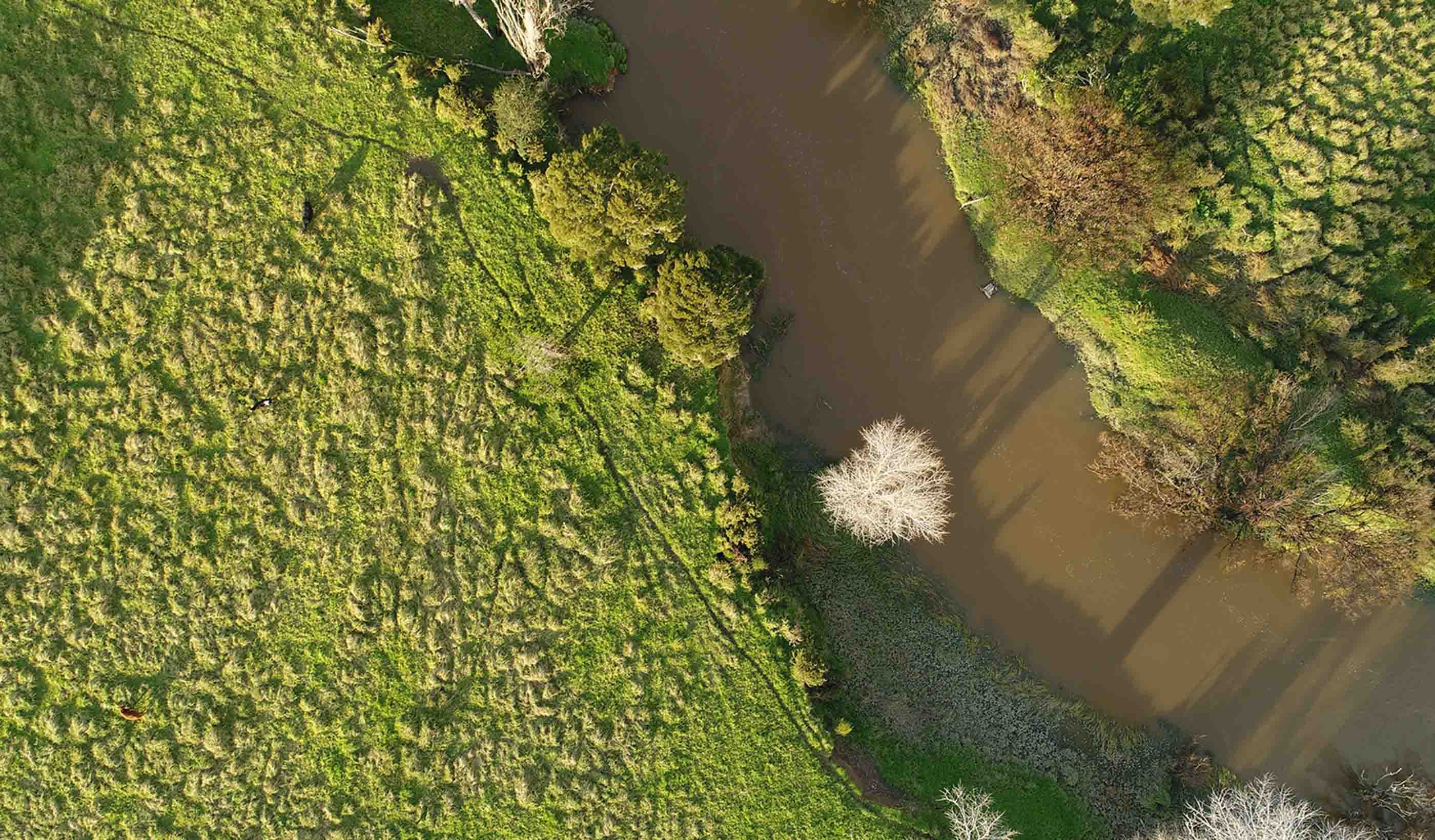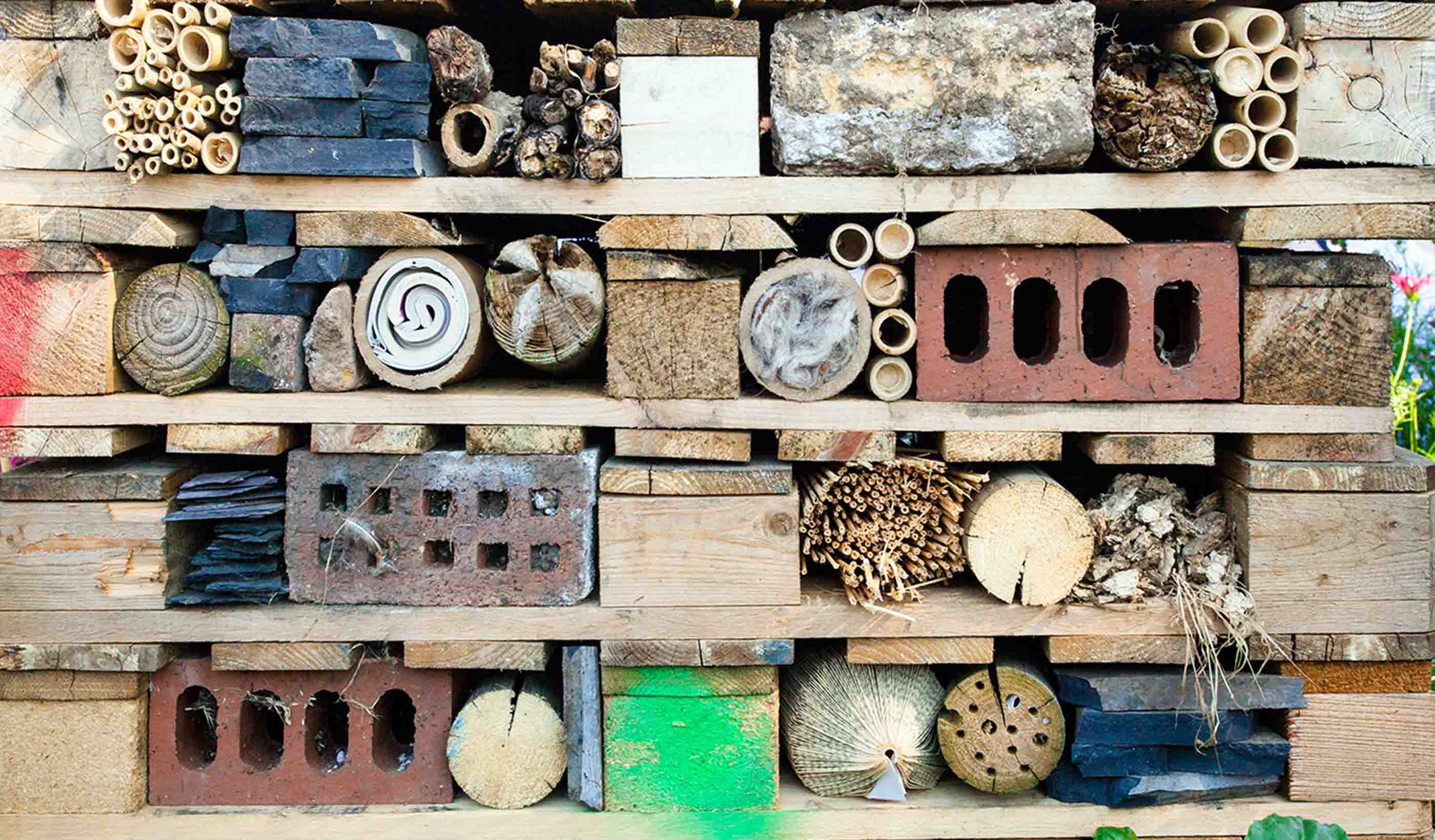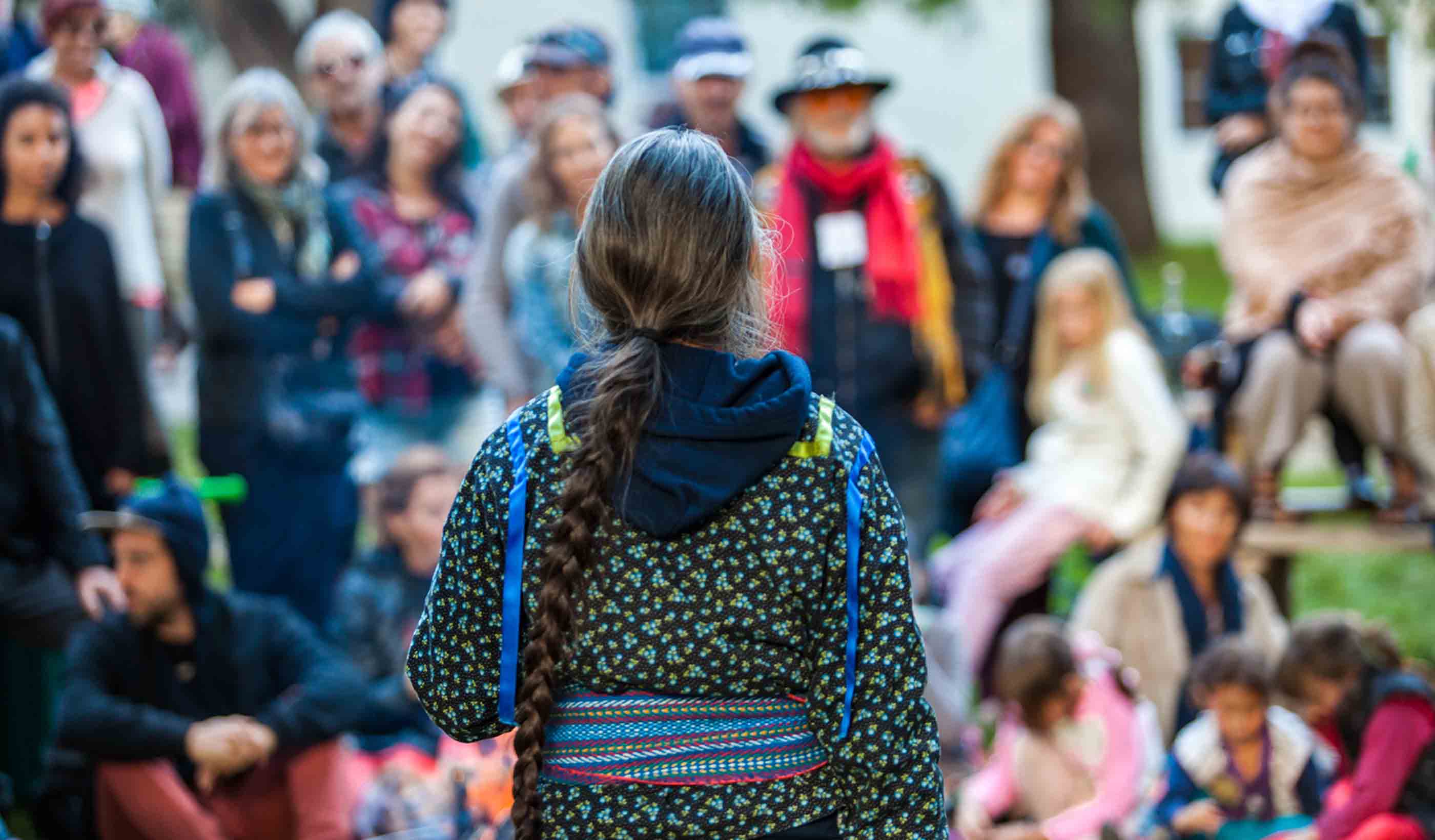Beneath every new development is nature we need to protect
October 12, 2021
October 12, 2021
We have the responsibility to provide sustainable, future-proof places to live and work, and make positive contributions to the natural world
By Georgina Knibbs
Our headlines about extreme weather events are highlighting the climate emergency more and more often. We have no time to waste but how do we know what exact actions to take? Climate change is intrinsically linked to biodiversity. By looking after and restoring biodiversity, habitats can provide important ecosystem service functions to help stabilise the climate.
Meanwhile, the UK Government aims to solve the UK housing shortage by providing 300,000 new homes annually, and the associated land use change is likely to be significant. Developers and professionals involved in projects have a responsibility to provide sustainable and future-proof places to live and work, while making positive contributions to the natural world. How do we make sure we protect the nature beneath and around every proposed development?
Climate change is intrinsically linked to biodiversity. By looking after and restoring biodiversity, habitats can provide important ecosystem service functions to help stabilise the climate.
Changes to the planning process have recently been set in motion, and many new standards will be relevant to ongoing and future development projects. Legally binding targets will be set against four priority areas within the forthcoming Environment Bill. One of these is biodiversity, with the anticipation that the Environment Bill will mandate a 10% biodiversity net gain (BNG) on all major development projects.
Similar targets have been set for carbon emissions. To meet the UK’s net zero target, we not only need to end emissions but invest in carbon capture. Land will be required to act as carbon ‘sinks’, through tree planting, habitat restoration or other technologies.
The Ministry for Housing, Communities and Local Government White Paper published last year set out proposals to reform the UK planning system. The proposed a new Planning Bill seeks to simplify the planning process whilst creating great places for current and future generations. It is not yet clear how this planning reform will align with BNG and net zero targets and contribute to the climate change agenda.

To meet the net zero targets, we need to invest in carbon capture where land will act as carbon ‘sinks’, through tree planting, habitat restoration or other technologies.
While the Environment Bill mandate will protect biodiversity and contribute to climate resilience, it will also add a challenging dimension to the development process. This is particularly true for greenfield sites which have a relatively high baseline biodiversity value. Biodiversity offsetting—where land outside development site boundaries is used to compensate for unavoidable net losses within development sites—will be key to achieving a quantitative BNG. Identifying and acquiring such land in the long-term may continue to be ever-more demanding as land use change pressures develop over time.
Development projects also face the task of securing the long-term resources and funding so that habitat management plans are meaningful, with monitoring and measurement against pre-development objectives. Luckily, these habitats created to achieve BNG will in most cases act as carbon sinks, and therefore contribute to the net national zero strategy.
The pressing climate and biodiversity emergency—confounded with policy changes, targets, legislation and assessment methods—can appear overwhelming. COP26 will no doubt add additional targets and action plans. However, designing with biodiversity and climate change in mind can be simplified irrespective of requirements, by following six principles:
By considering a project’s geographical location, local biodiversity targets (e.g., Biodiversity Action Plans) and native species, a design can bring meaningful biodiversity improvements. One example is house sparrows, who thrive in dense hedges, shrub planting and bird boxes that can be fixed onto the eaves of new buildings. Designs for developments in urban centres may be best focussed on such bird species.
Wildlife requires a range of physical and environmental conditions to thrive. Incorporating features useful for shelter, breeding, feeding and travelling, can sustain wildlife within a development site. Positioning bug hotels in sunny aspects close to water sources and flower-rich planting is the best way to encourage pollinators to colonise the site.

Incorporating features useful for shelter, breeding, feeding and travelling, such as bug hotels, can sustain wildlife within a development site.
Our new developments should connect green infrastructure next to the site and in the local vicinity. By extending existing habitats, we can provide a resilient network for biodiversity, intertwined with the built environment. One example is building a green corridor of hedgerows and tree planting within a site masterplan which would connect two offsite wooded areas. Without this connection, these two areas would be isolated from each other.
In urban centres, new developments can jostle for space so they must allow other features to be as multifunctioning as possible. Green infrastructure needs to deliver biodiversity value whilst contributing to other ecosystem services. For example, Sustainable Urban Drainage features (SUDs) can be designed to support aquatic wildlife, channel and filter surface water run-off, capture carbon and even act as play spaces for children.
Where communities have access to nature within their urban environment, they understand and appreciate more the value of biodiversity and how nature can enhance our health and wellbeing. Studies have linked nature to reduced depression and blood pressure, lower stress and other benefits. When residents feel good in their green surroundings, it should encourage stewardship where they protect the local environment far into the future. And by consulting local people on their priorities for the development and the environment during the design stages, developers can build up a sense of community legacy.

When communities feel good in their green surroundings, it should encourage stewardship where they protect the local environment far into the future.
Places must be designed to last and function well into the future, in the face of predicted local climate change. This is not only in the materials we use, but the green spaces we plant. In some cases, a planting mix incorporating Mediterranean species, rather than UK native plants, will help the area deal with future possible drought conditions.
Connecting biodiversity and ecosystem services allows developers to design multifunctional new places with positive influence on the local environment. By designing with a few fundamental principles in mind, biodiversity gains on a site can be secured well into the future and not just on completion of a project. If we take the right steps now, we contribute to the long-term climate change targets being set at COP26 and in the future.
About the author:
Georgina is a Principal Ecologist with a background in urban ecology. She focuses on maximising biodiversity gains through site-specific design and mitigation measures.